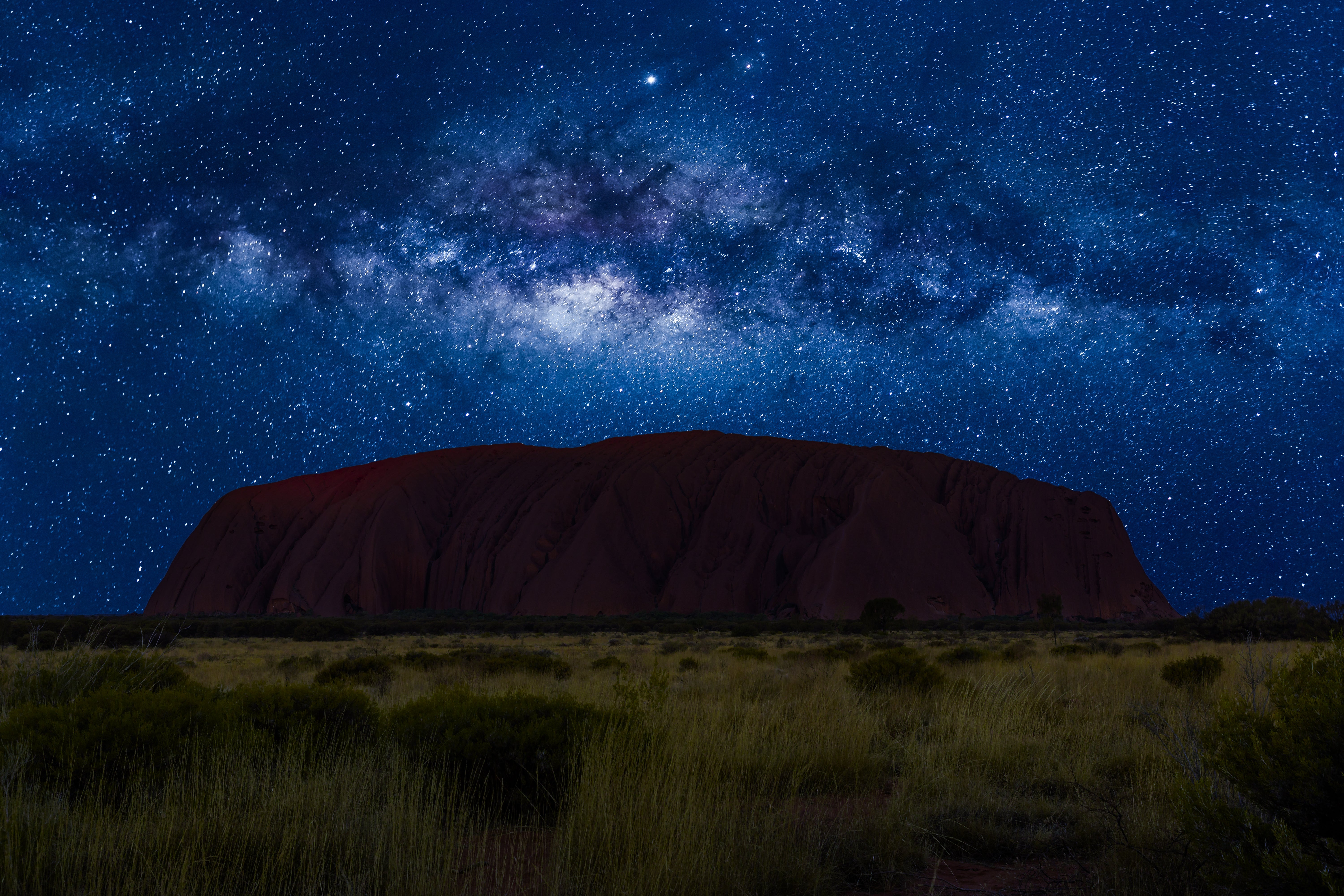Scientists find vast Milky Way graveyard in the ‘galactic underworld’

Your support helps us to tell the story
From reproductive rights to climate change to Big Tech, The Independent is on the ground when the story is developing. Whether it's investigating the financials of Elon Musk's pro-Trump PAC or producing our latest documentary, 'The A Word', which shines a light on the American women fighting for reproductive rights, we know how important it is to parse out the facts from the messaging.
At such a critical moment in US history, we need reporters on the ground. Your donation allows us to keep sending journalists to speak to both sides of the story.
The Independent is trusted by Americans across the entire political spectrum. And unlike many other quality news outlets, we choose not to lock Americans out of our reporting and analysis with paywalls. We believe quality journalism should be available to everyone, paid for by those who can afford it.
Your support makes all the difference.Scientists have found a vast “graveyard” of dead stars that stretches three times the height of the Milky Way.
The collection of former suns was discovered in the first map of the “galactic underworld”, which charts the various remnants of stars that have since become black holes and neutron stars.
It shows that many of the objects that were once inside our own galaxy have been thrown out of it. And they are arrayed in a “fundamentally different distribution and structure” to the Milky Way as we see it, according to the researchers who first found them.
The Milky Way must have formed billions of stars since it was young. But until now, they have been largely hidden, thrown out into the darkness of interstellar space.
There, they lay unseen by astronomers. But now scientists have been able to reconstruct the full lifecycle of those long dead corpses, and find out where they may now be.
“One of the problems for finding these ancient objects is that, until now, we had no idea where to look,” said Sydney Institute for Astronomy’s Peter Tuthill, co-author on the paper. “The oldest neutron stars and black holes were created when the galaxy was younger and shaped differently, and then subjected to complex changes spanning billions of years.
“It has been a major task to model all of this to find them.”
They did so by building a complicated model that accounted for all of the complexities of the stars’ movement through space. The galactic underworld version of the Milky Way looks vastly different: there are none of the spiral arms that are so well known from our normal galaxy, and it is extends much higher.
The research also suggests that those dead stars could be haunting us, nearby. “Statistically our nearest remnant should be only 65 light years away: more or less in our backyard, in galactic terms,” said Professor Tuthill.
The findings are reported in a new article, ‘The Galactic underworld: The spatial distribution of compact remnants’, published in the journal Monthly Notices of the Royal Astronomical Society.
Join our commenting forum
Join thought-provoking conversations, follow other Independent readers and see their replies
Comments